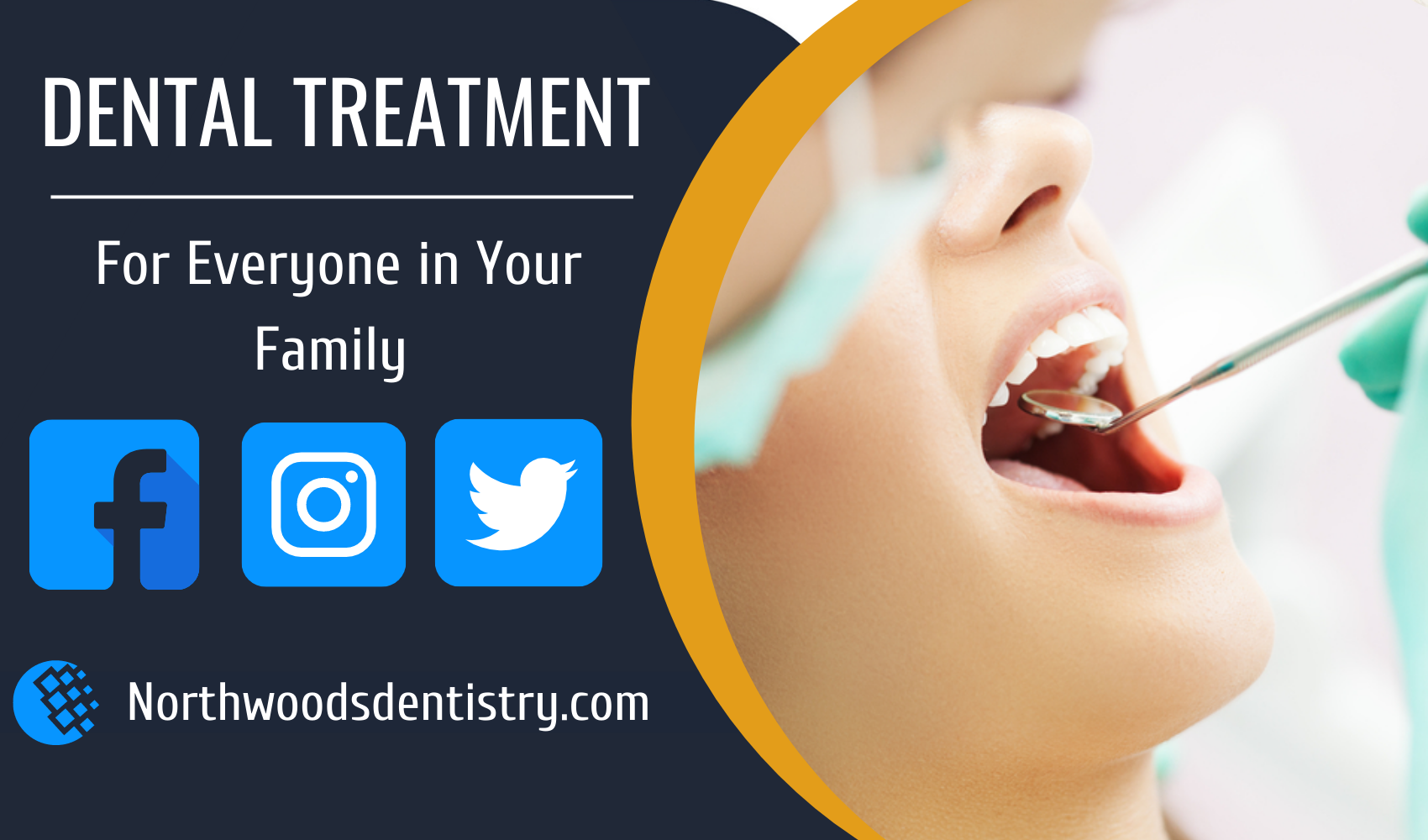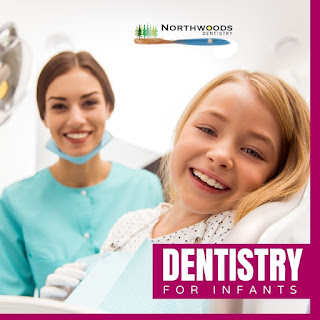Getting a Peaceful Rest with Sleep Apnea Treatments
The fundamental human system works efficiently depending on various elements. One such element is sleep. It is essential for various functions such as reduced heart rate and blood pressure to maintain cardiovascular health. This also sustains the body’s energy use to repair cells. When such a rest gets obstructed, it leads to many detrimental conditions. Sleep apnea is a common disorder among many adults and involves repeated starts or stops in breathing, coupled with a loud snore. It is essential to consult a practitioner in this condition to prevent further complications.
Symptoms
Slumber disorders are identified by an array of symptoms. But some common signs include loud snoring during nights and episodes in which a person stops breathing. Individuals may also experience morning headaches or insomnia, along with difficulties paying attention during the daytime. These conditions lead to detachment from personal & professional life & other serious ailments.
Causes
It occurs when muscles that support, triangular piece of tissue called uvula, tonsils, and the tongue relaxes. This leads to inadequate space to let air in, so a person suffocates as a result, which in turn lowers the oxygen level in blood. The brain in response rouses that person from slumber. Such a pattern can repeat five to twenty times during each hour, thus interrupting some much-needed rest.
Repercussions
Daytime fatigue is a common complication associated with this disorder. People may experience drowsiness during work or even driving, thus leading to motor accidents. They might also feel depressed & quick-tempered, along with behavioral changes.
Immediate drops in oxygen levels in the blood increase the pressure and risks of cardiovascular disease. Obstructive disorders lead to multiple episodes of abnormal heartbeats, thus leading to sudden death from an irregular beat.
Other risk factors of apnea include developing type two diabetes and insulin resistance. People also experience scar signs in the liver as a result of nonalcoholic fatty liver disease.
Diagnosis
Practitioners diagnose patients based on the evaluation of their sleep history. This assessment includes breathing monitor & other body functions during slumber. Nocturnal Polysomnography involves equipment that checks the heart, lung, brain, breathing activities, along with arms and legs movement.
Home tests are a simplified form of this above-cited evaluation. These tests measures heart rate, blood pressure, and airflow rates. So if any results are abnormal, doctors might suggest therapies or consultation with sleep specialists for further evaluation.
Treatments
Continuous positive airway pressure treats moderate disorders. It is a machine that delivers air pressure through a mask, which is greater than the surrounding atmosphere. This is sufficient to keep the passages open, thus prevents snoring.
Other options include getting oral appliances designed to keep a throat open. These move the jaw forward, which relives moderate apnea. Upon application, dentists schedule regular checkups to monitor their progress.
If any of these methods fail, then surgeries are the only option. Tissues removal is a procedure that a dentist performs to remove unwanted muscles from the top & sides of the mouth. Jaw repositioning is another surgery that enlarges the space between a soft palate and a tongue.
Conclusion
Sleep apnea is a serious health disorder, so it is essential to treat it as soon as possible. In that sense, consulting a dentist, and identifying a suitable treatment method can ensure a complete recovery and peaceful rest.




Comments
Post a Comment